Illuminate your culinary space with confidence using our expert insights on LED strip lights. With our step-by-step guidance, you’ll learn how to enhance your kitchen’s ambiance and functionality, ensuring a luminous and inviting environment where safety and style converge seamlessly.
Installing LED strip lights above your stove not only boosts your kitchen’s visual appeal but also enhances task lighting, which is crucial for cooking safety and efficiency. The key is choosing fixtures that are heat-resistant, waterproof, and simple to maintain, ensuring they blend seamlessly with your kitchen’s design while standing up to the rigors of everyday use.
Dive deeper into our expert guide to discover the intricacies of LED strip lighting above your stove. Uncover essential tips for selection, installation nuances, and maintenance strategies that promise not only to illuminate but also to transform your kitchen into a beacon of style and functionality.
Understanding the Essentials: Selecting the Right LED Strip Lights
When considering the addition of LED strip lights above your stove, the selection process is paramount. Ensuring that you choose the right lights can significantly enhance both the functionality and the aesthetic appeal of your kitchen space.
Criteria for Heat Resistance and Waterproof Features
The kitchen is a battleground of heat, steam, and occasional splashes, making the durability of any lighting solution critical. LED strip lights designated for kitchen use, especially those near heat sources like stoves, must possess specific features to withstand these conditions. Look for lights that tout heat resistance and waterproof ratings, ensuring they can endure the intense environment they’ll inhabit. Verify these features protect your investment and ensure long-term utility and safety.
Choosing LED Strips with Adequate Brightness and Color Temperature
The brightness and color temperature of your LED lights are more than just specifications—they shape the atmosphere of your cooking space and influence your visual comfort while preparing meals. Brightness, measured in lumens, should be sufficient to light your work area without causing strain or casting harsh shadows. Meanwhile, color temperature offers a spectrum of choices: warm whites can create a cozy, inviting feel, ideal for kitchens that double as gathering spaces, while cooler whites can simulate daylight, offering clarity and improving concentration during food preparation.
Brand and Model Recommendations for Kitchen Use
With a plethora of brands on the market, selecting a reliable one can take time and effort. However, brands that receive consistent acclaim for their LED strip lights’ performance in kitchen settings should rise to the top of your list. Researching and reading reviews can shed light on how well certain models withstand kitchen-specific challenges. Look for testimonials that speak to longevity, resistance to kitchen elements, and overall satisfaction to guide your decision. Opting for reputable brands often translates to better customer support, warranties, and assurance of quality, making your investment in kitchen lighting a wise one.
Expert Installation: Ensuring Safety and Functionality
When it comes to installing LED strip lights above your stove, a meticulous approach ensures both safety and optimal functionality. The key lies in not just mounting the lights but doing so in a way that they contribute effectively to your kitchen’s lighting landscape without posing any risks.
Step-by-Step Installation Guide for Above-Stove Areas
Assessment: Begin by evaluating the space above your stove. Ensure there is sufficient clearance from heat sources and that the surface is clean and suitable for installation.
Planning: Determine the length of the LED strip needed and plan the layout. Consider access to power sources and the path for any necessary wiring.
Mounting: Use the recommended adhesive or mounting hardware to secure the LED strip in place. Ensure it is firmly attached and positioned for optimal lighting coverage.
Wiring: Connect the LED strip to power, adhering to all safety guidelines. If you need to become more experienced with electrical installations, consider hiring a professional to ensure a safe setup.
Testing: Once installed, test the LED strip lights to ensure they function correctly and provide the desired level of illumination.
Preventative Measures to Avoid Heat Damage and Moisture Intrusion
The environment above a stove can be harsh for any lighting fixture. To ensure longevity and safety:
Heat Resistance: Verify that the LED strip lights are rated for high temperatures and are positioned far enough away from the stove to avoid direct heat exposure.
Moisture Protection: Use lights with a suitable waterproof rating to protect against steam and splashes, which are common in cooking areas.
Regular Inspection: Periodically check the lights for any signs of heat damage or moisture ingress, addressing any issues promptly to prevent further complications.
Securing and Protecting Wiring from Kitchen Hazards
Wiring is a critical component that often gets overlooked until problems arise. To safeguard against hazards:
Concealment: Route wires away from high-traffic areas and potential heat sources, using clips or conduits to secure them in place.
Insulation: Ensure that all wiring is properly insulated to withstand the kitchen’s environmental challenges.
Accessibility: Keep electrical connections accessible for maintenance while ensuring they are not exposed to potential damage.
Maintenance Mastery: Prolonging Your LED Lighting’s Lifespan
Maintaining your LED strip lights is crucial to ensure they continue to brighten your kitchen effectively. Routine care can significantly extend their lifespan, especially when they are positioned in challenging environments like above a stove. Here’s how you can keep them shining bright:
Routine Cleaning and Care Tips for Kitchen LED Strips
Regular cleaning is key to preventing the accumulation of kitchen grime and ensuring your LED lights function optimally. Start by gently dusting the strips with a soft cloth or duster. For more thorough cleaning, use a damp cloth with a mild cleaning solution, ensuring the power is off and the strips are cool to the touch. Avoid abrasive cleaners or scrubbers that could damage the light’s surface. It’s also essential to ensure that the LED strips are dry before turning them back on to avoid any electrical hazards.
Identifying and Addressing Common LED Issues
LED strip lights are generally reliable, but like all technology, they can experience issues. Dimming, flickering, or color shifts can indicate a problem with the power supply, connection points, or the LED strips themselves. Should you encounter these problems, first check the connections and power source. If the issue persists, it might be necessary to consult with the manufacturer or replace certain sections of the strip.
Guide to Replacing LED Strip Sections for Consistency
Over time, individual LEDs or entire sections may fail, causing inconsistent lighting. Most LED strips are designed to allow for easy replacement of sections. To replace a section, you’ll need to measure and cut the strip accurately, then connect the new section using the manufacturer’s recommended method, which might include soldering or using connectors. Ensuring a secure and proper connection will help maintain the uniformity of your kitchen lighting and prevent future issues.
Beyond Illumination: Creative Uses of LED Strips in Kitchen Design
LED strip lights are not just about functionality; they’re a dynamic design element that can transform the ambiance and aesthetics of your kitchen. Whether you’re aiming for a subtle glow or a dramatic flair, here’s how you can use LED strips to elevate your kitchen’s design:
Innovative Lighting Ideas Beyond Task Illumination
LED strip lights offer versatile design possibilities that extend far beyond task lighting. Consider installing them under cabinets for a soft, ambient glow that enhances your countertop space without overwhelming it. Toe-kick lighting can add a futuristic touch, illuminating your floor space subtly and providing a guide at night. For those with glass-front cabinets, LED strips can showcase your glassware or prized possessions, turning ordinary storage into a focal point. These creative applications not only elevate the look of your kitchen but also add layers of light that enhance the room’s functionality and mood.
Harmonizing LED Strips with Overall Kitchen Lighting
The key to a well-designed kitchen lighting plan is harmony. LED strip lights should complement, not compete with, other light sources. By integrating them with your overall lighting scheme, you can create a cohesive and inviting atmosphere. For example, match the color temperature of your LED strips with your main lights for a consistent feel or use them to highlight architectural features, drawing the eye and balancing the lighting throughout the space. When planned thoughtfully, LED strips can enhance the ambiance and functionality of your kitchen, working in concert with other lighting elements to create a warm and welcoming environment.
Showcasing Real-Life Kitchen Enhancements with LED Strips
Real-life examples can inspire and illustrate the transformative power of LED strip lights in the kitchen. Consider a kitchen where LED strips under the cabinets illuminate the workspace while providing a soft glow that offsets brighter overhead lights. Or envision a modern kitchen where toe-kick lighting offers an innovative, ground-level perspective. These real-world applications demonstrate how LED strips can be tailored to enhance both the utility and the beauty of kitchen spaces, proving that with a bit of creativity and strategic placement, your kitchen can shine in ways you’ve never imagined.
Additional Considerations: Navigating Lighting Alternatives
When it comes to kitchen lighting, the choices extend far beyond LED strip lights. Understanding how these options compare can help you make the best decision for your space, balancing aesthetics, functionality, and efficiency.
Comparing LED Strips to Other Lighting Options Like Recessed and Pendant Lights
LED strip lights offer unique advantages over traditional options like recessed and pendant lights. While recessed lighting provides a clean, streamlined look ideal for general illumination, it lacks the flexibility of LED strips, which can be positioned to provide direct light exactly where needed. Pendant lights, on the other hand, serve as striking design elements and are excellent for task lighting over islands or dining areas. However, they can create shadows and may not offer the even, diffuse light of LED strips placed under cabinets or along toe-kicks.
When choosing between these options, consider the specific lighting needs of each area in your kitchen. LED strips might be the best choice for under-cabinet task lighting, while pendant or recessed lights could be more suitable for general illumination or as focal points above an island.
Advantages of LED Strips Over Traditional Kitchen Lighting
LED strip lights stand out for their energy efficiency, emitting less heat and using less power than traditional bulbs, which can lead to significant energy savings over time. Their slim profile and flexibility allow for installation in locations that other types of lighting cannot accommodate, providing targeted illumination right where you need it. Furthermore, LED strips can be cut to custom lengths, ensuring a perfect fit for any space, and their adhesive backing allows for easy DIY installation.
The versatility of LED strip lights extends to their design potential. Available in various colors and color temperatures, they can create ambiance and mood or enhance the aesthetics of your kitchen, something harder to achieve with more traditional lighting options.
Tailoring Your Lighting Choices to Kitchen Activities and Design
Selecting the right lighting for your kitchen should be guided by the activities that take place there. For precision tasks like chopping and cooking, bright, focused lighting is essential, making LED strip lights an ideal choice for areas like countertops and stoves. For dining or entertaining, softer ambient lighting may be more appropriate, which can be achieved with dimmable LED strips or complemented with pendant lights.
Consider the overall design of your kitchen as well. Modern and minimalist spaces often benefit from the sleek look of LED strips, while more traditional kitchens might call for the classic appeal of pendant or recessed lighting. Ultimately, the best lighting plan will likely incorporate a mix of these options, tailored to the specific functions and aesthetic of your kitchen, ensuring that each task is well-lit and the space is inviting and functional.
FAQs
Can I install LED strip lights above any stove?
Absolutely! LED strip lights can be installed above electric, induction, or gas stoves; provided they have mounted safely away from direct heat and follow manufacturer guidelines for heat resistance.
Are there specific LED strip lights recommended for kitchen use?
Yes, when choosing LED strip lights for your kitchen, particularly above the stove, look for options that are labeled as heat-resistant, waterproof, and easy to clean to ensure they can withstand the kitchen environment.
How do I protect LED strip lights from kitchen heat and grease?
To safeguard your LED lights, consider installing them in a location that’s not directly exposed to heat and using a protective covering. Additionally, regular cleaning to remove any grease or residue will help maintain their functionality and appearance.
Can LED strip lights be used as the primary light source in a kitchen?
While LED strip lights provide excellent task lighting and aesthetic enhancement, they should ideally complement other light sources, like recessed lights or pendants, to ensure your kitchen is well-lit from all angles.
How do I choose the right color temperature for my kitchen LED strip lights?
The ideal color temperature depends on your preference and kitchen decor. Warm white (2700K – 3000K) creates a cozy atmosphere, while cool white (3500K – 4100K) or daylight (5000K – 6500K) offers a brighter, more energetic environment.
Can I install LED strip lights above the stove, or should I hire a professional?
If you’re comfortable with DIY projects, you can install LED strip lights yourself. However, if you need clarification on electrical connections or want to ensure a flawless installation, hiring a professional is recommended.
How long do LED strip lights last, especially in a high-heat area like above a stove?
LED strip lights typically have a long lifespan, often up to 50,000 hours. However, exposure to high heat can reduce this lifespan, so choosing heat-resistant LED strips and ensuring proper installation are key to longevity.
Are there energy-efficient benefits to using LED strip lights in the kitchen?
Absolutely! LED strip lights consume significantly less energy than traditional incandescent or halogen bulbs, making them an eco-friendly and cost-effective choice for kitchen lighting.
Can I control the brightness of the LED strip lights installed above my stove?
Many LED strip lights come with dimmable features, allowing you to adjust the brightness to suit your needs or mood. This is particularly useful in a kitchen setting where lighting needs can vary.
How do I maintain and clean my LED strip lights in the kitchen?
To keep your LED strip lights shining brightly, gently wipe them with a soft, dry cloth to remove any dust or splatters. Avoid using harsh chemicals or abrasives, and ensure the lights are switched off and cool before cleaning.
Conclusion: Elevating Your Kitchen with LED Lighting
In wrapping up our comprehensive journey through the world of kitchen illumination, we’ve explored the transformative power of LED strip lights, from their practical benefits to their decorative prowess. The fusion of style, efficiency, and functionality they offer stands unmatched, making them an impeccable choice for enhancing the heart of your home.
As you contemplate elevating your kitchen’s ambiance and functionality with LED strip lights, consider partnering with a leader in the field. Unitop, renowned as one of China’s premier manufacturers of LED strip lights and LED neon flex, stands ready to illuminate your culinary sanctuary. With years of expertise and a commitment to quality, Unitop is dedicated to providing you with cutting-edge lighting solutions that marry innovation with elegance. Should you have any further questions or specific requirements, we invite you to reach out to us immediately. Embark on your journey to a brilliantly illuminated kitchen with Unitop—where your vision meets our expertise.

Tom is now the Sales Manager of Unitop (China) Co., Limited. He has been in the LED Lighting industry ever since 2005. He is an expert in sales & marketing, and factory management. He likes bodybuilding, and he is also a crazy Apple Fan! He is a hard-working guy and loves to learn and try new things.
Email: tom@unitopledstrip.com WhatsApp: +86-18680307140

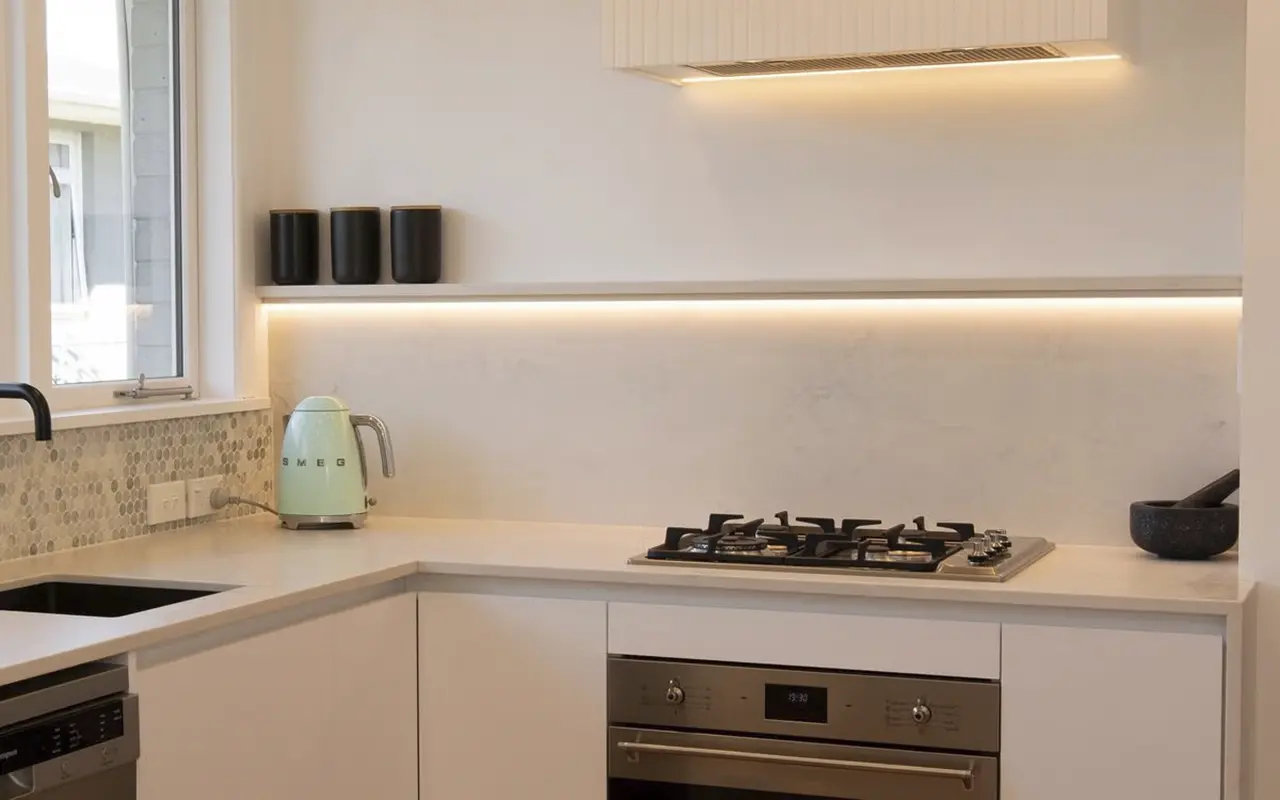
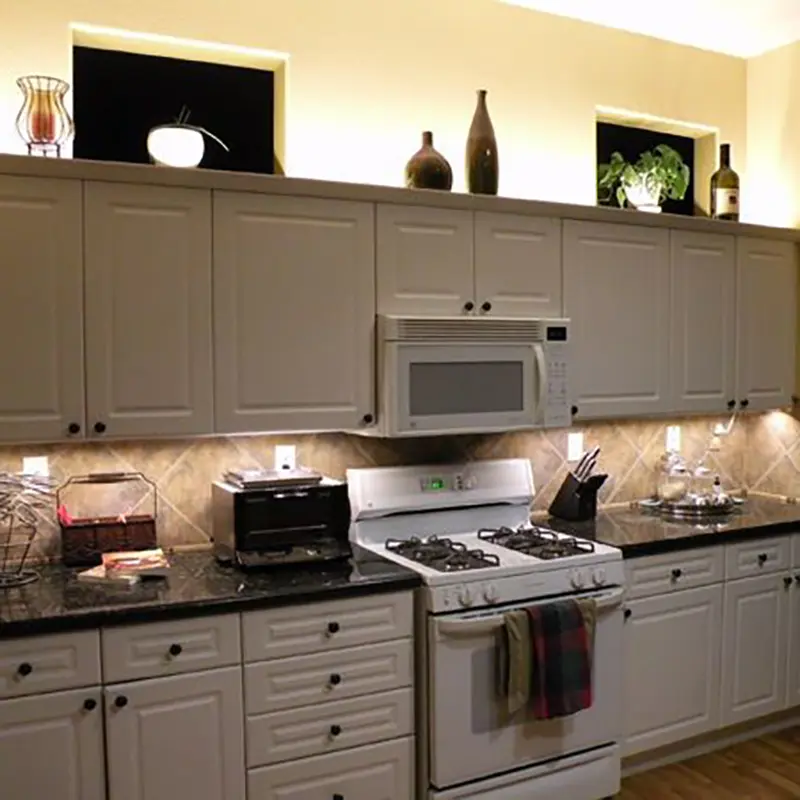
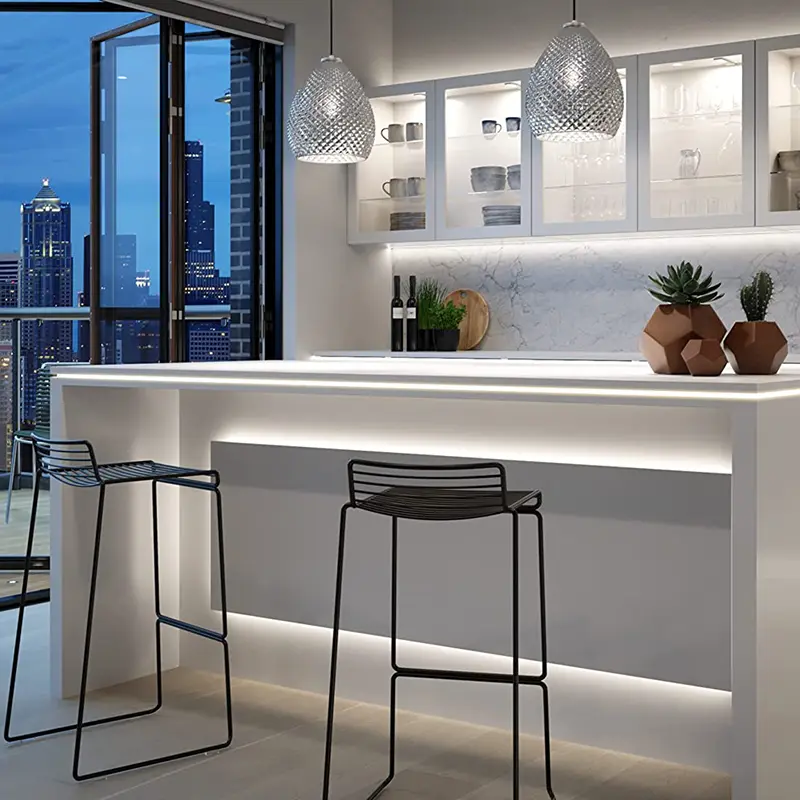

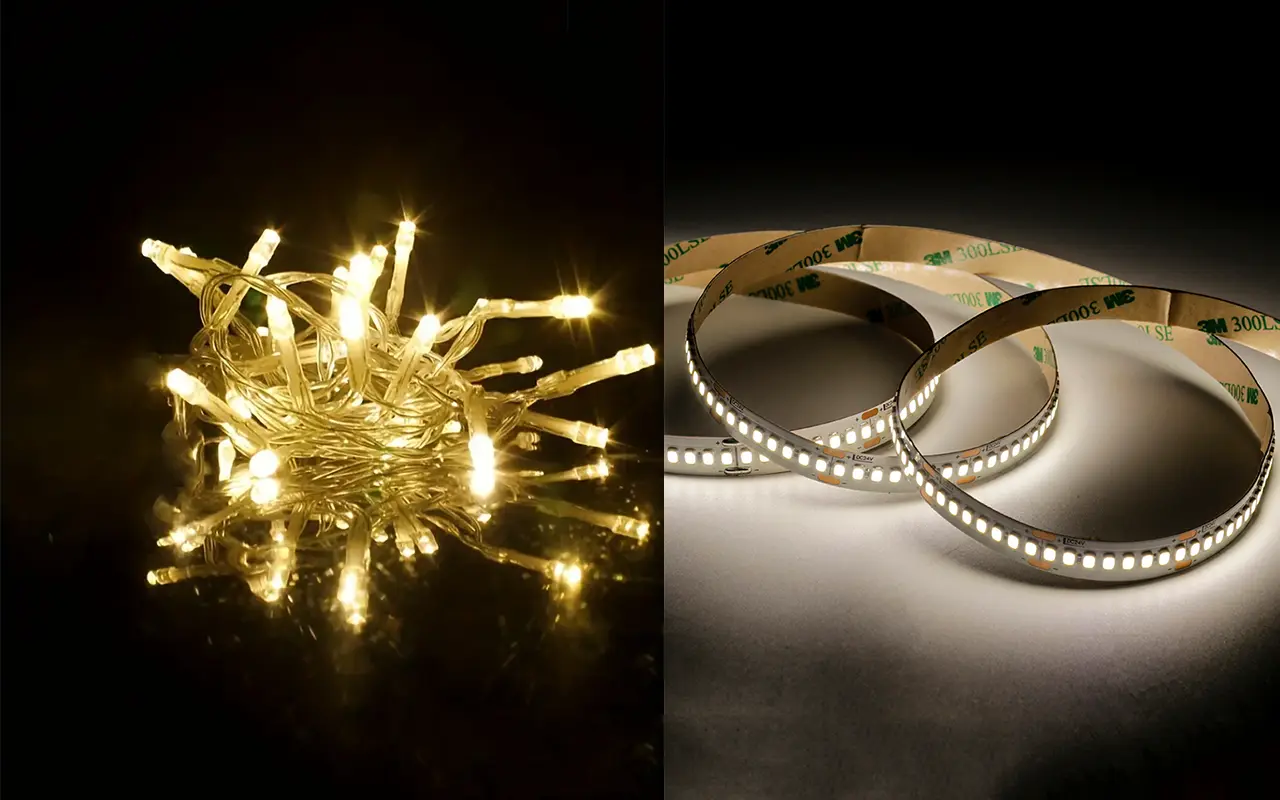
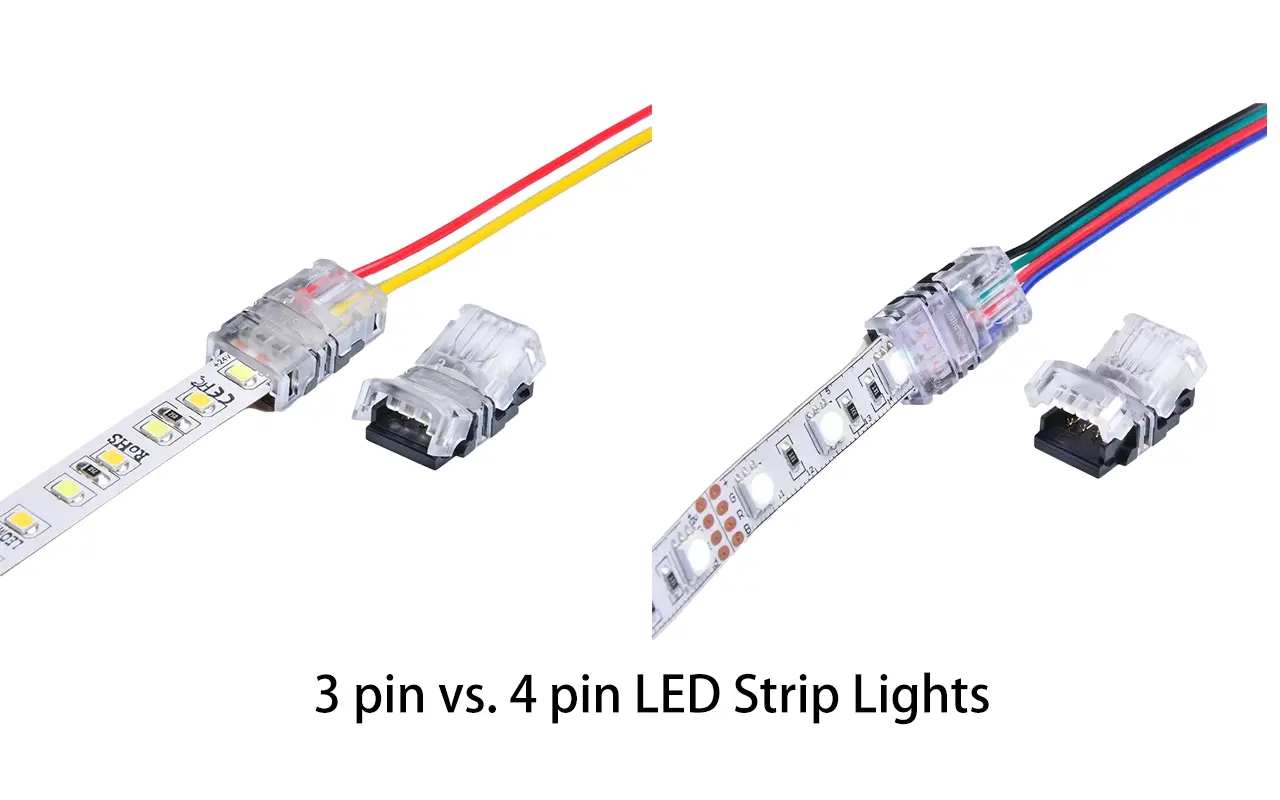
Leave a Reply
Want to join the discussion?Feel free to contribute!